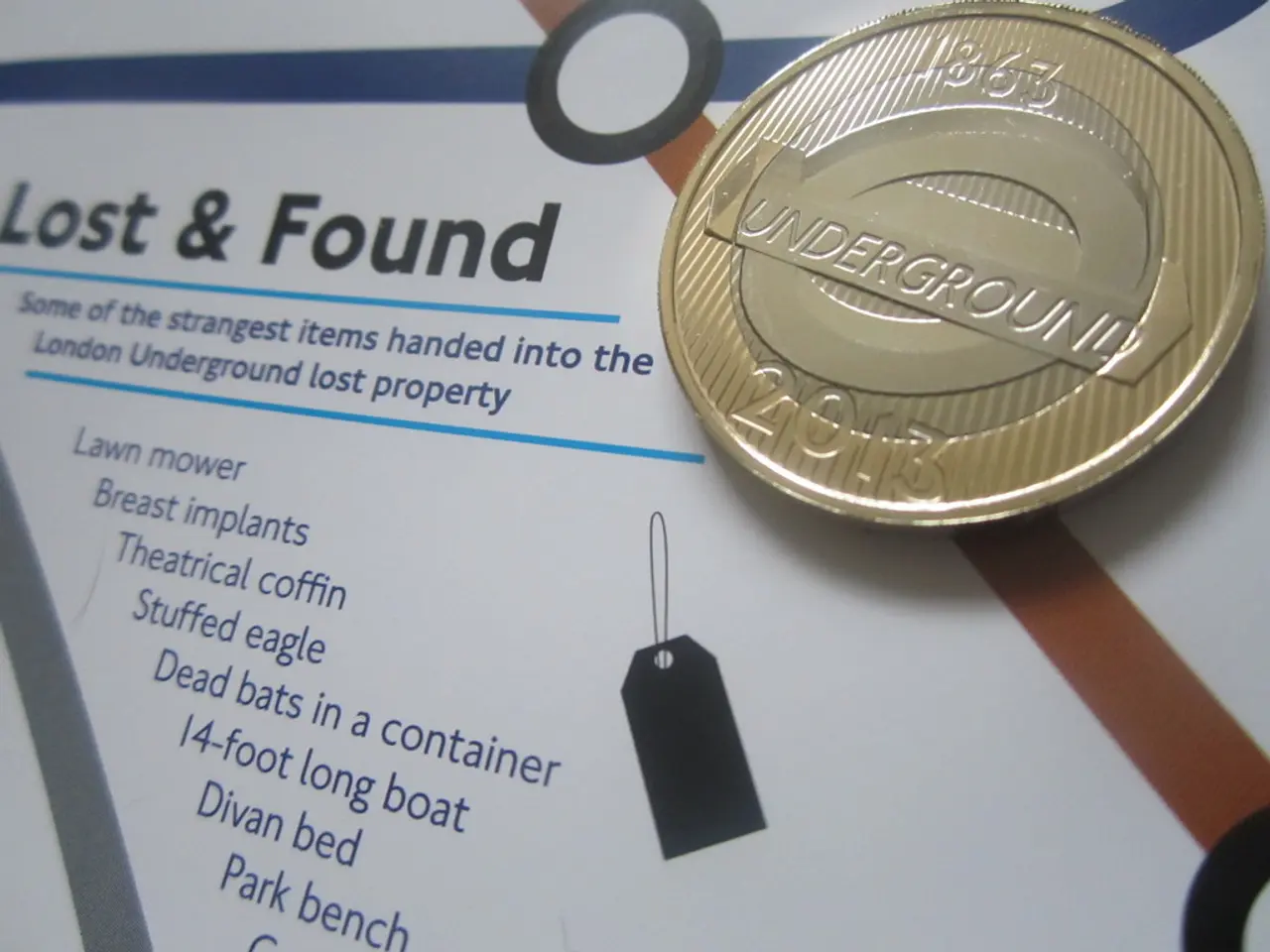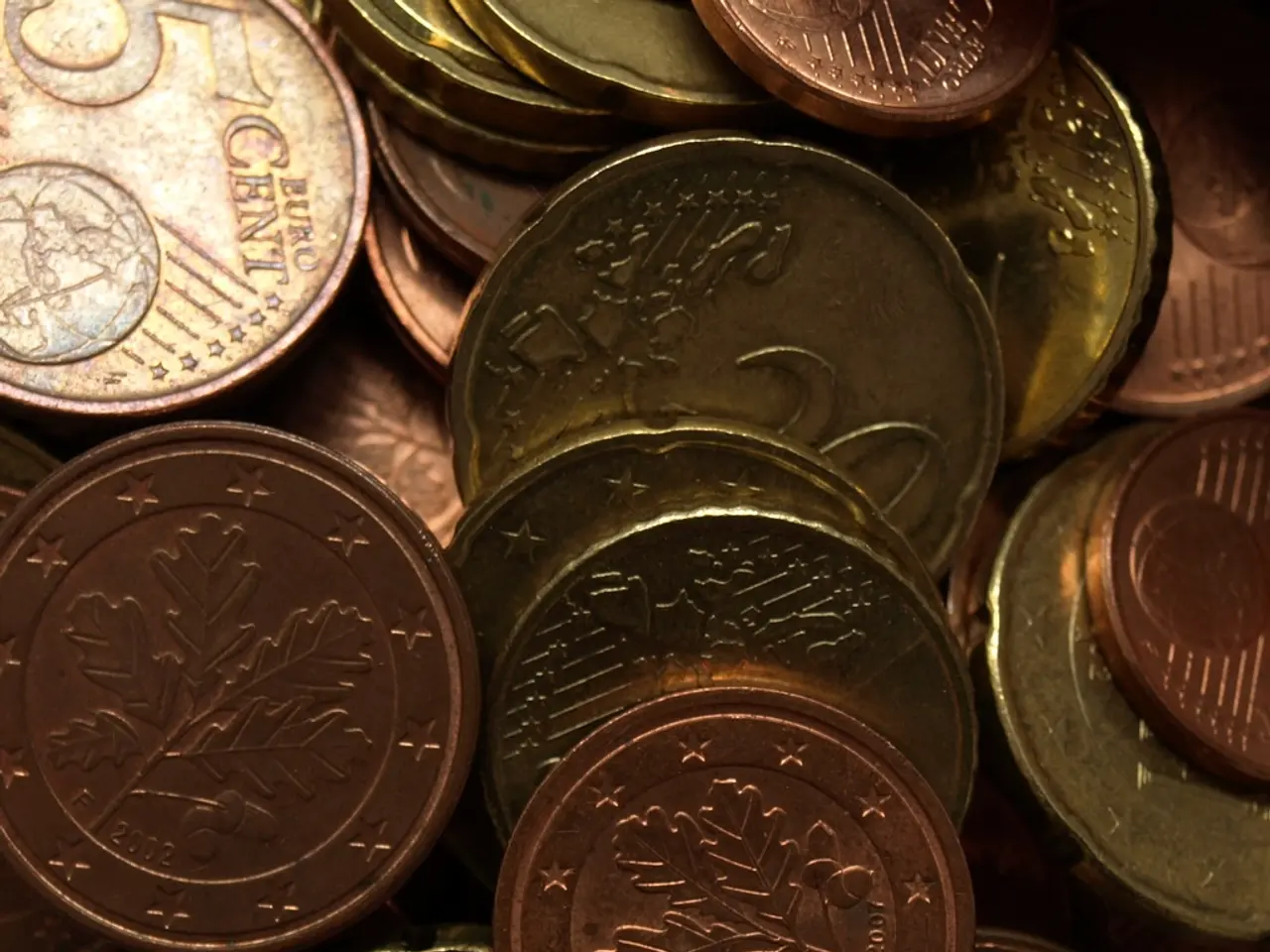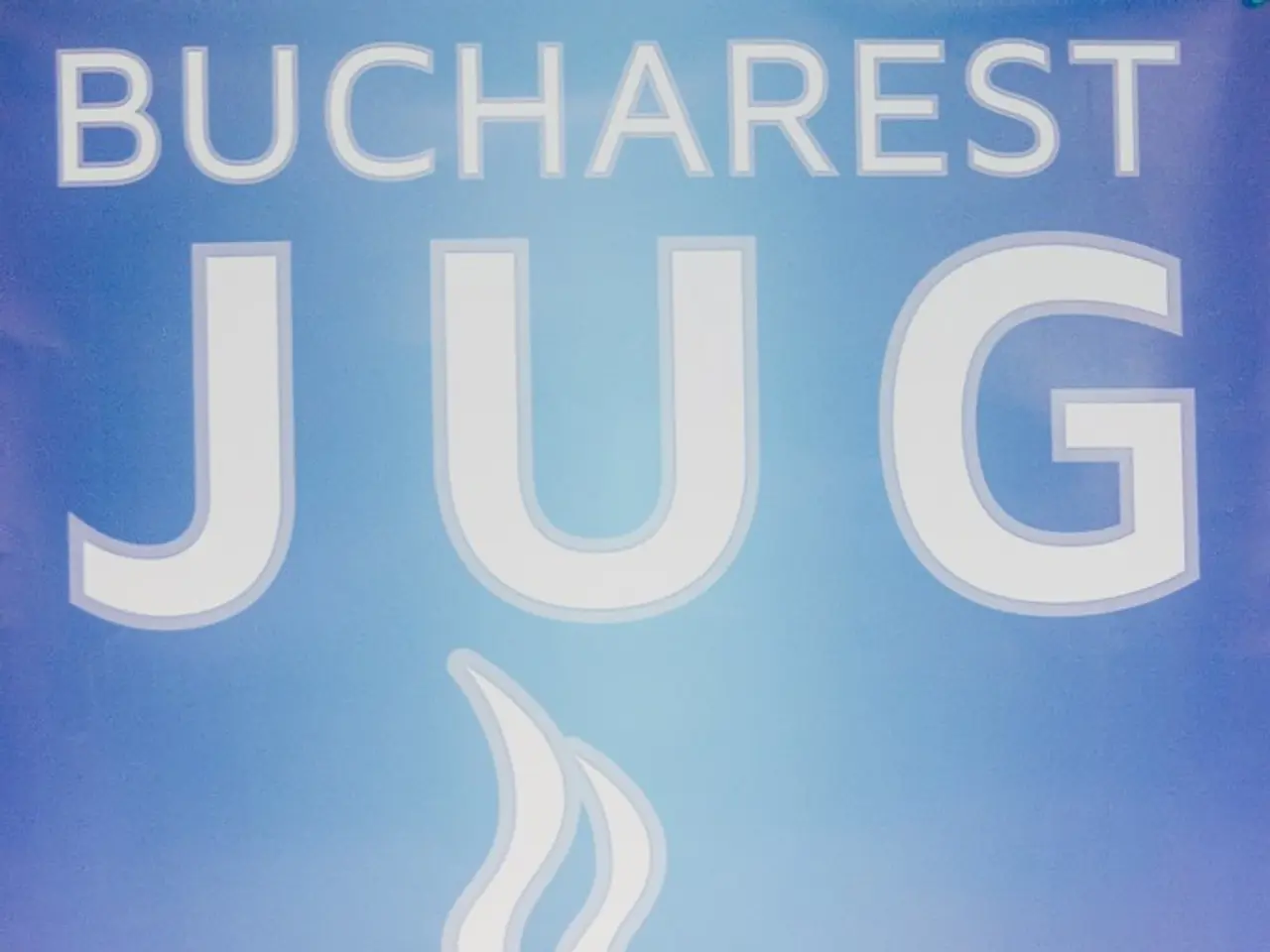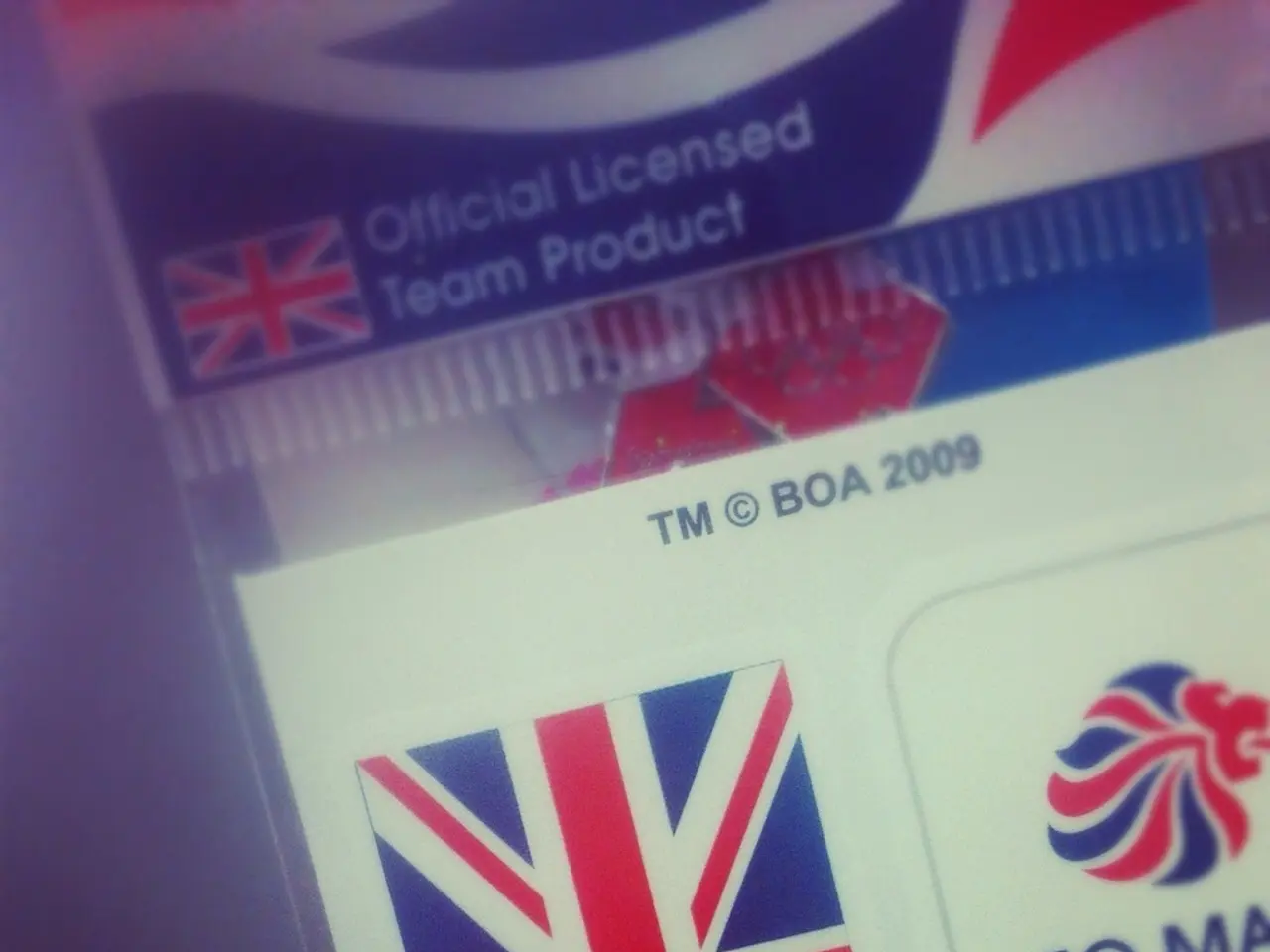Lacking a Crucial Component on Your Homepage? Find Out What It Is.
A well-designed Call-to-Action (CTA) on your homepage plays a significant role in improving conversions and user engagement. By directing visitors towards the desired action, such as making a purchase, signing up, or engaging further, a CTA removes uncertainty and guides users through the conversion funnel.
The effectiveness of a CTA lies in its clarity and strategic placement. A CTA that stands out visually, with contrasting colours, big, readable text, and plenty of white space around it, catches the eye of visitors immediately, reducing cognitive friction and increasing the chance that they will complete the intended action.
To create a high-performing CTA, it's essential to understand the visitor's journey, craft clear, action-oriented copy, make it visually stand out, position it strategically, and link it to relevant pages or actions. For instance, a product page can benefit from a well-placed CTA that encourages users to make a purchase.
From a conversion perspective, a clear CTA reduces cognitive friction by making the intended action prominent and easy to understand. Consistency in messaging around the CTA reinforces user trust and motivation, improving conversion rates by up to 50% on landing pages. Creating urgency in CTA wording, such as using "now" or "today", can further boost effectiveness by prompting immediate action.
In terms of SEO, while CTAs themselves do not directly affect search rankings, they contribute indirectly by improving user engagement metrics such as time on site, bounce rate, and pages per session. Clear CTAs encourage visitors to interact more deeply with the site content, signalling to search engines that the site provides valuable and relevant content, thereby supporting better SEO outcomes.
Moreover, strategically placed CTAs contribute to a better user experience, which is a key factor in SEO. A missing CTA can severely hurt bounce rates and conversions, so it's essential to ensure that your homepage has a clear and strategically positioned CTA.
Research shows that landing pages with a single CTA convert at around 13.5%, compared to 10.5% with multiple CTAs. However, testing variations of CTAs, such as single vs. multiple, different wording, colours, and placement, can yield significant results. Short, direct phrases like "Get 10% Off", "Start Free Trial", or "Book Your Demo" can be effective for CTA wording.
Finally, analytics tools like Google Analytics or Hotjar can be used to track and analyse user behaviour after clicking a CTA. This data can help you optimise your CTA for better performance, ensuring that it continues to guide conversions effectively.
In conclusion, a clear and strategically positioned CTA on your homepage is vital for improving conversions by guiding user behaviour effectively, reducing friction, and encouraging immediate engagement. This improved user interaction also benefits SEO through enhanced engagement metrics and user experience signals. By understanding the visitor's journey, crafting clear, action-oriented copy, and testing variations of CTAs, you can create a high-performing CTA that significantly improves your conversion rates and user engagement.
References
- Nielsen Norman Group: Writing Effective Calls to Action
- HubSpot: The Ultimate Guide to Calls to Action (CTAs)
- Optimizely: The Importance of a Call-to-Action on Your Website
- Unbounce: The Ultimate Guide to Calls to Action (CTAs)
Technology plays a critical role in the design and effectiveness of Call-to-Action (CTAs). By leveraging technology to create visually striking CTAs with clear, action-oriented copy, businesses can reduce cognitive friction, improve user engagement, and boost conversion rates.
Furthermore, utilizing analytics tools such as Google Analytics or Hotjar can help businesses track and analyze user behavior after clicking a CTA, providing valuable data to optimize CTAs for better performance, ultimately leading to improved SEO outcomes and enhanced user experiences.




